Precision Cylindrical Gear Reducer | Low Backlash Gears
The Pivotal Role of Cylindrical Gear Reducer in Industrial Advancement and Key Industry Trends
In the intricate landscape of modern industrial machinery, the cylindrical gear reducer stands as a cornerstone component, indispensable for optimizing power transmission, managing rotational speed, and achieving precise torque conversion across a myriad of applications. This mechanical marvel is essentially a gear train enclosed in a robust casing, meticulously designed to reduce input speed while simultaneously increasing output torque, thereby enabling machinery to operate at optimal performance levels. The fundamental principle behind a cylindrical gear reducer involves the precise meshing of spur gears, helical gears, or double helical gears, often arranged in multi-stage configurations to achieve desired reduction ratios. Its significance extends beyond mere speed reduction; it is critical for enhancing energy efficiency, prolonging equipment lifespan, and ensuring operational safety in demanding environments. Across various sectors, from heavy industry to precision manufacturing, the demand for high-performance, reliable gear reduction solutions continues to escalate, driven by the imperative for automation, greater throughput, and reduced operational costs. Current industry trends highlight a significant shift towards more compact designs, higher power density, enhanced efficiency, and improved noise reduction characteristics in gear reducer technology. Manufacturers are increasingly focusing on modular designs that offer greater flexibility for customization and easier maintenance, catering to the diverse and evolving needs of industrial clients. The integration of advanced materials, such as high-strength alloy steels and specialized surface coatings, is also becoming prevalent, contributing to superior wear resistance and extended service life. Furthermore, the advent of smart manufacturing and Industry 4.0 paradigms is pushing the boundaries, with expectations for gear reducers that incorporate sensors for condition monitoring, predictive maintenance capabilities, and seamless integration into interconnected control systems. This evolution underscores the critical role of the cylindrical gear reducer in facilitating the next generation of industrial automation and ensuring the sustained competitiveness of manufacturing operations worldwide. The ability to precisely control rotational dynamics is not just a technical advantage but a fundamental requirement for achieving efficiency and reliability in complex mechanical systems.
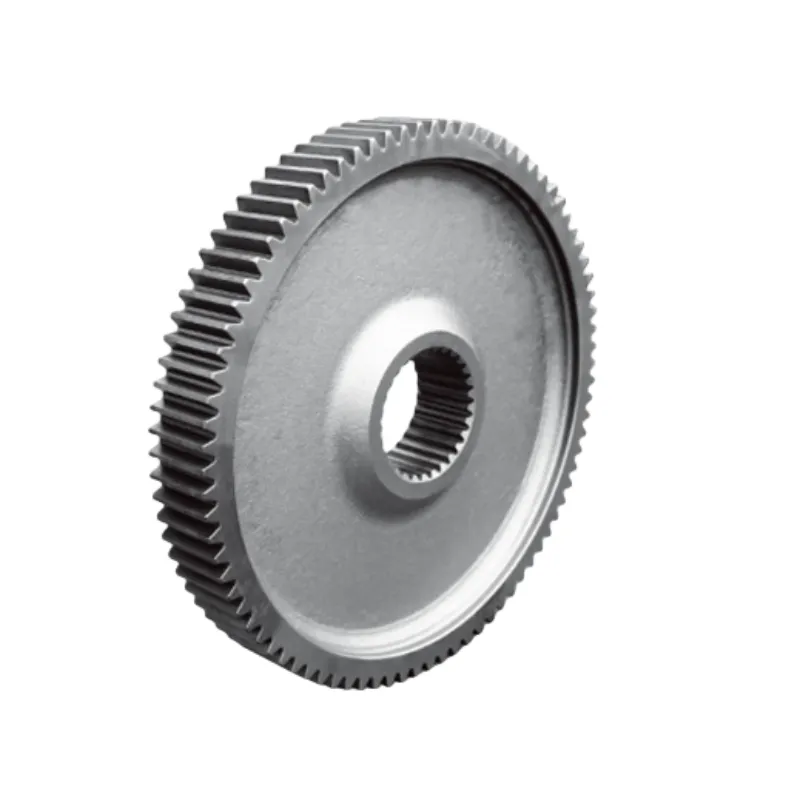
Figure 1: Illustration of precision-machined gears within a typical cylindrical gear reducer.
Unpacking Technical Parameters and Performance Metrics of Cylindrical Gear Reducers
Understanding the technical parameters of a cylindrical gear reducer is paramount for engineers and procurement specialists to select the optimal solution for specific industrial applications. Key parameters include the gear ratio, which defines the relationship between the input and output speeds; output torque, the rotational force available at the output shaft; and efficiency, typically expressed as a percentage, indicating the power retained during transmission. Other critical specifications encompass permissible radial and axial loads, noise levels, thermal capacity, and operational temperature ranges. For instance, a common industrial cylindrical gear reducer might feature a reduction ratio ranging from 1.25:1 to 500:1 or even higher for multi-stage configurations, with output torques spanning from a few Newton-meters to tens of thousands of Newton-meters, depending on the application and size. Efficiency typically ranges from 94% to 98% for well-designed helical gear units, significantly contributing to energy savings over the operational lifespan. The precision of manufacturing processes, particularly in gear cutting and grinding, directly impacts the quality of the gear mesh, which in turn influences factors like backlash and noise generation. Backlash, defined as the amount of clearance between mating gear teeth, is a crucial parameter, especially in applications requiring high precision and positional accuracy. Excessive backlash can lead to imprecise motion, increased wear, and undesirable vibrations. Therefore, solutions designed to reduce backlash in gears are often sought, incorporating features like split gears, preloaded gears, or specialized tooth profiles to minimize this clearance. Furthermore, the material selection for gears and housing is vital. Gears are typically made from high-strength alloy steels such as 20CrMnTi, 40Cr, or 42CrMo, which undergo precise heat treatments like carburizing and quenching to achieve high surface hardness (HRC58-62) while maintaining a tough core. This combination ensures excellent wear resistance and durability under heavy loads. The housing, often made from robust cast iron or fabricated steel, provides structural integrity and acts as a reservoir for lubricating oil, which is essential for reducing friction and dissipating heat. The choice of lubrication, whether oil splash or forced lubrication, also plays a significant role in thermal management and overall efficiency. Proper specification and adherence to these technical parameters ensure that the cylindrical gear reducer performs reliably and efficiently throughout its service life.
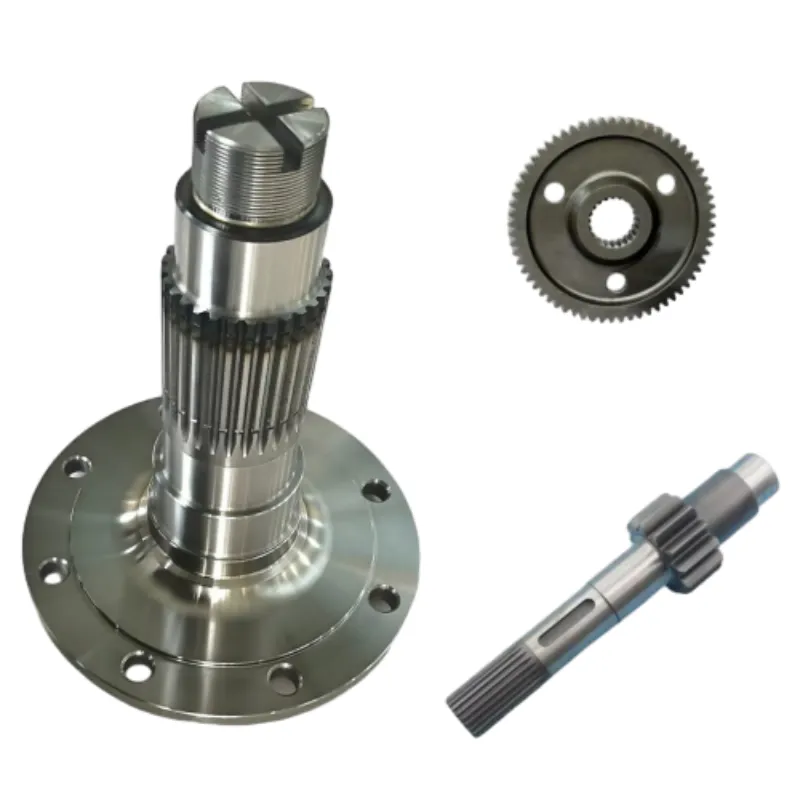
Figure 2: Internal mechanics highlighting the intricate gear train of a cylindrical gear reducer.
Typical Cylindrical Gear Reducer Specifications Overview
| Parameter | Typical Range/Value | Description/Notes |
|---|---|---|
| Power Range | 0.18 kW to >4000 kW | Dependent on size, stages, and application load. |
| Ratio Range | 1.25:1 to 500:1 (single to multi-stage) | Custom ratios available for specific needs. |
| Output Torque | Up to 500,000 Nm or more | For heavy-duty industrial applications. |
| Efficiency | 94% - 98% (for helical gears) | Higher efficiency reduces energy consumption. |
| Noise Level | 65-85 dB(A) (load dependent) | Low noise solutions available for sensitive environments. |
| Operating Temperature | -20°C to +40°C (standard) | Special versions for extreme temperatures. |
| Gear Hardness | HRC 58-62 (after heat treatment) | Ensures wear resistance and durability. |
| Housing Material | Cast Iron (HT200, HT250), Fabricated Steel | Robust construction for stability. |
| Sealing | High-quality oil seals (e.g., FKM, NBR) | Prevents lubricant leakage and contamination. |
| Lifespan | 20,000 to >50,000 operational hours | With proper maintenance and operating conditions. |
The Meticulous Craft: Manufacturing Process and Quality Assurance for Cylindrical Gear Reducers
The production of a high-quality cylindrical gear reducer involves a sophisticated multi-stage manufacturing process, each step meticulously controlled to ensure precision, durability, and optimal performance. It begins with the selection of premium raw materials, typically high-grade alloy steels such as 20CrMnTi, 40Cr, or 42CrMo for the gears, chosen for their superior strength and hardenability. The manufacturing journey for gears commences with precision forging or casting to achieve the initial blank shape, followed by annealing to prepare the material for subsequent machining. The critical phase involves cutting the gear teeth, often using advanced hobbing or shaping machines. For precision applications, this is succeeded by grinding operations that achieve extremely tight tolerances and superior surface finishes, which are vital for reducing friction, noise, and promoting a long operational life. Heat treatment is a cornerstone of gear manufacturing, with processes like carburizing and quenching applied to create a hard, wear-resistant surface while maintaining a tough, ductile core. This process, typically resulting in a surface hardness of HRC58-62, is crucial for the longevity and load-bearing capacity of the gear train gear reducer. For the housing, high-quality cast iron (e.g., HT200, HT250) or fabricated steel is selected for its rigidity and vibration damping properties. The housing undergoes precision machining using CNC (Computer Numerical Control) machines to ensure perfect alignment of bearings and shafts, which is essential for smooth operation and minimal wear. Throughout the entire manufacturing flow, stringent quality control measures are implemented. This includes comprehensive material inspection, dimensional checks after each machining stage, non-destructive testing (NDT) such as ultrasonic or magnetic particle inspection for internal flaws, and rigorous gear tooth profile and lead inspections using specialized gear measuring machines. Adherence to international standards like ISO (International Organization for Standardization) for gear accuracy (e.g., ISO 1328 for gear geometry), ANSI/AGMA (American Gear Manufacturers Association) standards for gear rating and design, and CE certifications for safety, is non-negotiable. For instance, gear accuracy often follows ISO grades 6 to 9, where lower numbers indicate higher precision. A typical manufacturing lifecycle involves: 1. Material Selection & Forging/Casting; 2. Rough Machining; 3. Gear Cutting (Hobbing/Shaping); 4. Heat Treatment (Carburizing/Quenching); 5. Precision Grinding (for critical applications); 6. Housing Machining; 7. Assembly and Bearing Installation; 8. Final Testing (Load, Noise, Vibration, Temperature). This meticulous process ensures that the finished cylindrical gear reducer not only meets but often exceeds industry benchmarks for performance and reliability.
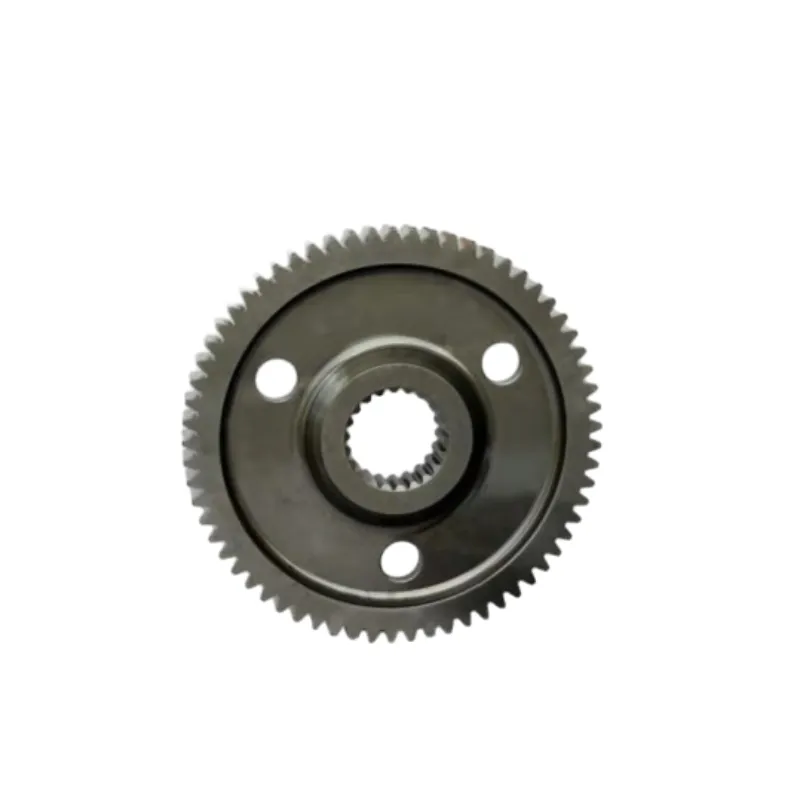
Figure 3: Advanced CNC machining for producing high-precision gear components.
Versatile Applications and Core Technical Advantages of Cylindrical Gear Reducers
The inherent robustness, high efficiency, and wide range of reduction ratios make the cylindrical gear reducer an exceptionally versatile component, finding critical applications across a broad spectrum of industries. In the petrochemical industry, these reducers are essential for driving agitators, pumps, and mixers, where their ability to handle heavy loads, operate continuously, and resist corrosive environments is paramount. Their sealed designs and robust construction ensure reliability in hazardous and chemically active settings, often incorporating specialized coatings for enhanced corrosion resistance. In metallurgy, from steel mills to aluminum foundries, cylindrical gear reducer units are integral to conveying systems, rolling mills, and hoists, enduring extreme temperatures, high shock loads, and abrasive dust. Their sturdy design ensures uninterrupted operation in these harsh conditions, preventing costly downtime. The water treatment and wastewater management sectors rely on them for driving aerators, sludge scrapers, and large pumps, where consistent and energy-efficient operation is crucial for public health and environmental compliance. Here, the focus is often on energy saving capabilities, with highly efficient helical gear designs minimizing power consumption over long operational periods, aligning with sustainability goals. The cement industry utilizes them in rotary kilns, ball mills, and crushers, demanding reducers capable of handling massive torques and continuous, dusty operations. In the mining industry, they power conveyors, crushers, and excavation equipment, where their durability under heavy, intermittent loads and abrasive conditions is critical. Beyond these heavy industries, cylindrical gear reducer units are also extensively used in power generation (e.g., cooling towers, coal mills), rubber and plastics processing (extruders, calenders), paper and pulp (pulping machines, drying cylinders), and even food and beverage processing where stainless steel variants and specific hygiene standards are met. The technical advantages offered by these reducers are numerous. Their high power transmission efficiency (often exceeding 95% for helical gears) translates directly into energy savings and reduced operational costs. The use of precisely cut and ground helical gears significantly reduces noise and vibration compared to spur gears, leading to quieter operation and less wear on associated machinery. Their compact design relative to the power they transmit allows for integration into space-constrained applications. Furthermore, the ability to tailor materials and heat treatments for specific environmental challenges, such as high temperatures, corrosive atmospheres, or explosive environments, ensures long service life and reduced maintenance requirements. The rigorous manufacturing processes, including advanced CNC machining and precise assembly, guarantee minimal backlash and high positional accuracy, making them suitable for sensitive applications where precise control is required. These inherent qualities underscore why the cylindrical gear reducer remains a preferred choice for reliable, high-performance power transmission solutions across diverse industrial landscapes.
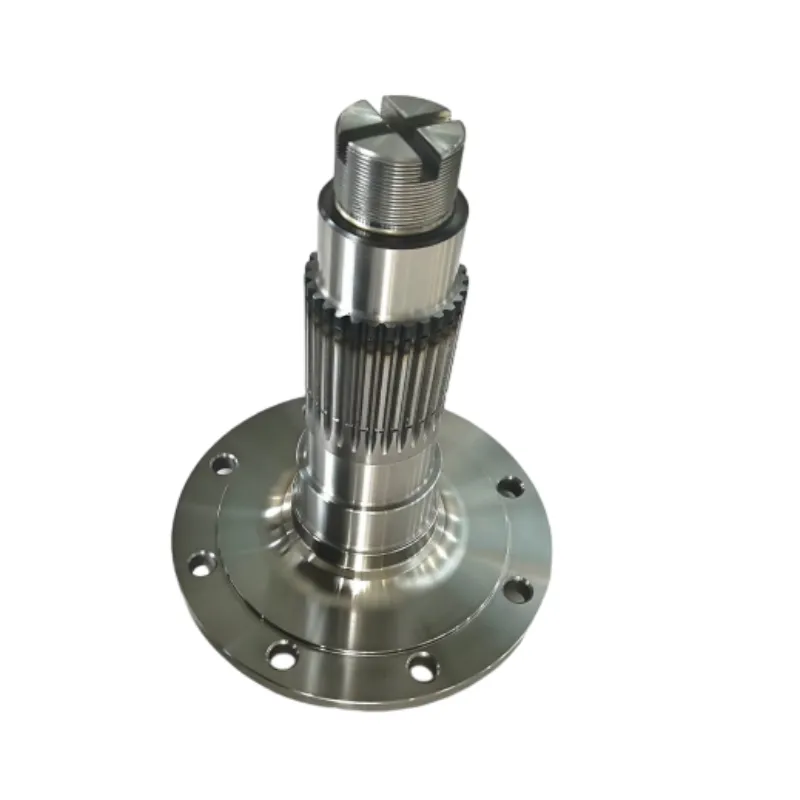
Figure 4: A cylindrical gear reducer integrated into heavy industrial machinery.
Customization Solutions and Illustrative Application Cases for Cylindrical Gear Reducers
While standard models of cylindrical gear reducer units fulfill many industrial needs, a significant aspect of their deployment lies in the availability of highly customized solutions tailored to specific, often unique, operational requirements. Leading manufacturers understand that off-the-shelf products may not always align with the exact dimensional constraints, power demands, environmental conditions, or performance expectations of a particular system. Customization can involve adjustments to the reduction ratio, output shaft configurations (hollow, solid, single, double), mounting options (foot-mounted, flange-mounted, shaft-mounted), and specialized sealing arrangements for extreme environments (e.g., dust-proof, waterproof for marine applications). Material selections can be optimized for specific challenges, such as corrosion resistance for marine or chemical processing, or higher strength alloys for ultra-heavy-duty applications in mining or steel production. Furthermore, noise reduction requirements for urban or human-occupied environments can lead to custom gear geometries, precision grinding, and specialized housing designs. For instance, in the demanding realm of large-scale material handling systems, a client might require a gear train gear reducer with a very specific, multi-stage reduction ratio to precisely control the speed of a heavy conveyor belt, along with a robust housing capable of withstanding constant vibration and external impacts, possibly incorporating specialized bearings for increased load capacity and longevity. One compelling application case involves a major European port facility where an existing gantry crane's hoisting mechanism was experiencing frequent breakdowns due to an aging and undersized cylindrical gear reducer. The facility needed a replacement that could offer increased lifting capacity, higher operational speed, and significantly improved reliability, all within the existing space envelope. Our engineering team collaborated closely with the client, analyzing their exact load profiles, duty cycles, and environmental factors (e.g., saline atmosphere). We designed a custom three-stage helical cylindrical gear reducer featuring case-hardened and ground gears (AGMA Quality 10), integrated with a forced lubrication system and a specialized ventilation system to manage heat dissipation effectively under continuous heavy loads. The unit's housing was fabricated from high-strength steel with marine-grade protective coatings. The result was a 30% increase in lifting capacity, a 15% improvement in operational speed, and a drastic reduction in maintenance downtime, demonstrating the power of tailored engineering solutions. Another example is a municipal water treatment plant in North America that needed to replace large aerator drive units. The key requirements were energy efficiency, quiet operation, and extreme resistance to a humid, corrosive environment. Our custom solution involved a high-efficiency helical cylindrical gear reducer with a specialized anti-corrosion coating for the housing and shafts, along with low-backlash gearing to ensure smooth, precise motion and minimize energy waste. The project not only met the stringent energy efficiency targets set by the municipality but also significantly reduced ambient noise levels, improving working conditions for plant personnel. These cases underscore that while the core technology of a cylindrical gear reducer is established, its optimal deployment often hinges on bespoke engineering that addresses the specific challenges and opportunities of each application.
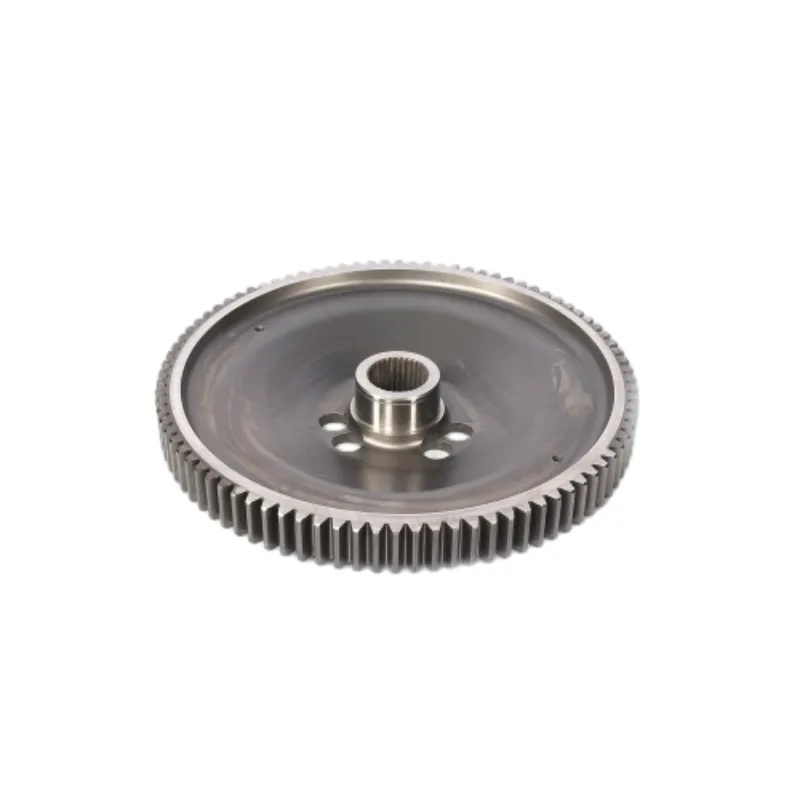
Figure 5: A customized cylindrical gear reducer designed for a complex industrial system.
Addressing Backlash: A Critical Factor in Precision Gear Systems and Manufacturer Comparison Criteria
One of the most critical technical considerations in the design and selection of a cylindrical gear reducer, particularly for applications requiring high precision and dynamic motion control, is the management of backlash. Backlash, often referred to as 'lost motion', is the angular distance or clearance between the non-driving flanks of mating gear teeth. While a certain minimal amount of backlash is necessary to prevent jamming, accommodate thermal expansion, and ensure proper lubrication, excessive backlash can lead to significant problems. These issues include positional inaccuracies in machinery, increased wear and tear on gear teeth due to impact loads, noise generation, vibration, and ultimately, reduced system lifespan and efficiency. In applications like robotics, machine tools, printing presses, and precision indexing systems, even a small amount of uncontrolled backlash can severely degrade performance and product quality. Therefore, manufacturers are constantly developing innovative techniques to reduce backlash in gears and gear reducer assemblies. Common strategies include using higher precision gear cutting and grinding processes (e.g., AGMA Quality 10 or higher), employing specialized gear tooth profiles, and incorporating anti-backlash designs such as split gears, preloaded gear sets (where a spring or similar mechanism applies a constant force to keep gear teeth in contact), or adjustable eccentric bushings. Some advanced designs feature internal mechanisms that automatically compensate for wear, maintaining minimal backlash throughout the reducer's operational life. The ability to effectively control and minimize backlash is a significant differentiator among cylindrical gear reducer manufacturers. When comparing manufacturers, it's essential to look beyond just price and consider several key criteria that reflect the overall quality, reliability, and long-term value of their offerings. Firstly, assess their experience and specialization in the specific industry sector. A manufacturer with a proven track record in heavy industry, for instance, will have a deeper understanding of the unique challenges (e.g., shock loads, extreme temperatures, dust) prevalent in that environment. Secondly, evaluate their engineering and R&D capabilities, specifically their capacity for custom solutions and their commitment to continuous innovation, particularly in areas like efficiency improvements and backlash reduction technologies. Review their adherence to international quality standards (ISO 9001, AGMA, DIN) and the rigor of their testing protocols; reputable manufacturers will have in-house testing facilities for load, noise, vibration, and temperature. Thirdly, consider the quality of materials and components used, as well as their supply chain transparency. A focus on high-grade alloy steels, reputable bearing manufacturers, and advanced sealing technologies indicates a commitment to durability. Fourthly, after-sales support, including technical assistance, spare parts availability, and warranty terms, is crucial for minimizing downtime and ensuring smooth operations. Finally, examine their environmental certifications and sustainable manufacturing practices, as these reflect a responsible corporate ethos and can indirectly indicate a higher standard of operational excellence. A manufacturer that consistently addresses challenges like how to effectively reduce backlash in gears while maintaining high efficiency and durability is typically a strong contender in the market for high-performance cylindrical gear reducer solutions.
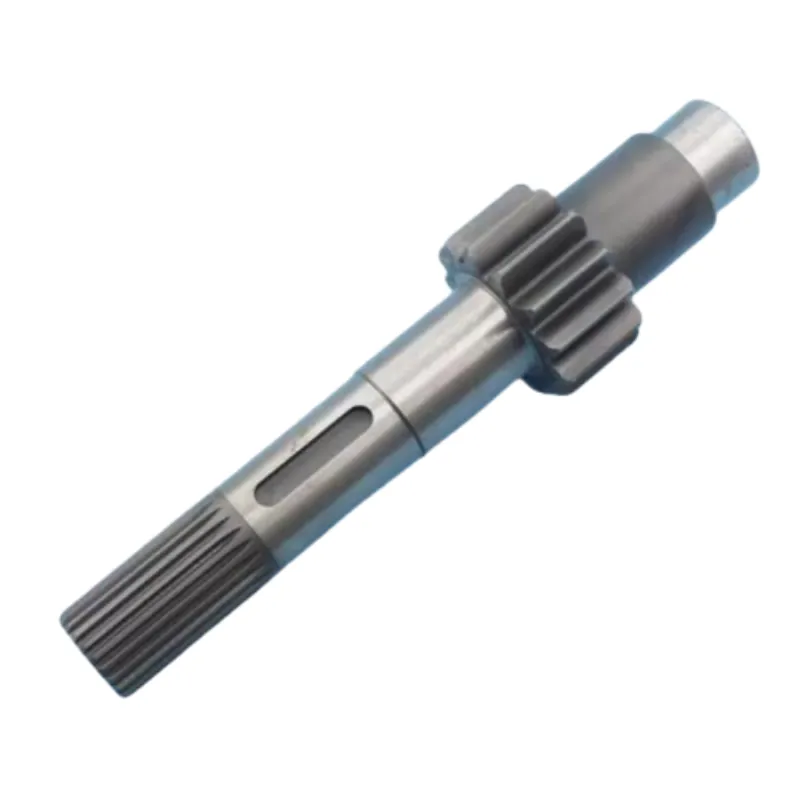
Figure 6: An advanced gear train designed for minimal backlash and high precision.
Ensuring Trust and Reliability: FAQs, Delivery, Warranty, and Customer Support
Establishing trust and ensuring reliability are paramount in the B2B sector, especially when dealing with critical components like the cylindrical gear reducer. A comprehensive approach to customer engagement involves clear communication, transparent policies, and robust support systems. Addressing frequently asked questions (FAQs) is an effective way to pre-empt common concerns and provide immediate answers, building confidence. Typical FAQs might include queries about lead times for custom orders, the process for selecting the correct reducer size, recommended maintenance schedules, or troubleshooting common operational issues. For example, customers often ask: "What is the typical lifespan of a cylindrical gear reducer and how can it be maximized?" A professional answer would detail factors like proper lubrication, avoiding overloading, maintaining operating temperature, and adherence to preventative maintenance schedules, often citing an operational life of 20,000 to over 50,000 hours with optimal care. Another common question is: "How do I determine the right reduction ratio for my application?" This would prompt an explanation of input speed, desired output speed, required torque, and the load characteristics of the driven machine. Delivery cycles are crucial for project planning and operational continuity. For standard cylindrical gear reducer units, lead times typically range from 4 to 8 weeks, depending on inventory levels and production schedules. However, for highly customized solutions, this can extend to 12-16 weeks or more due to the complexity of design, material sourcing, and specialized manufacturing processes. Reputable manufacturers provide clear delivery schedules and maintain transparent communication regarding production status. Quality assurance is underpinned by comprehensive warranty policies. A standard warranty for a gear train gear reducer typically covers manufacturing defects for a period of 12 to 24 months from the date of commissioning or 18 to 30 months from the date of shipment, whichever comes first. This warranty usually covers parts and labor for defects arising from normal use, provided the product has been installed, operated, and maintained according to the manufacturer's guidelines and industry best practices. Exclusions often include wear and tear parts, damage due to improper installation, overloading, or unauthorized modifications. Beyond the warranty, robust customer support is essential. This includes readily available technical support via phone or email for troubleshooting, access to experienced field service engineers for on-site assistance, and a well-stocked inventory of genuine spare parts to minimize downtime. Proactive customer feedback mechanisms and continuous improvement programs further solidify trustworthiness. By offering clear answers, reliable delivery, comprehensive warranties, and steadfast support, manufacturers build long-term partnerships based on mutual trust and the assurance of quality performance from their cylindrical gear reducer products. This holistic approach ensures that clients not only purchase a product but also gain a reliable partner committed to their operational success and the longevity of their industrial systems.
Conclusion: The Future of Cylindrical Gear Reducers and Industry Outlook
The journey through the intricate world of the cylindrical gear reducer reveals it to be far more than just a mechanical component; it is a meticulously engineered system vital for driving global industry. From its foundational role in transmitting power and torque to its continuous evolution driven by the demands for higher efficiency, reduced backlash, greater power density, and enhanced longevity, the cylindrical gear reducer remains at the forefront of mechanical power transmission technology. The emphasis on stringent manufacturing processes, quality control adhering to international standards like ISO and AGMA, and the strategic application of advanced materials underscores the commitment to delivering robust and reliable solutions. As industries worldwide continue their trajectory towards greater automation, smarter factories (Industry 4.0), and more sustainable operational models, the significance of high-performance gear reducers will only grow. Future trends will likely see further integration of predictive maintenance technologies leveraging IoT sensors and AI-driven analytics, enabling gear reducers to communicate their health status and anticipate maintenance needs proactively. Material science advancements will continue to yield lighter, stronger, and more durable components, pushing the boundaries of power density and operational life. Furthermore, ongoing research into novel lubrication techniques and alternative gear geometries will aim to further improve efficiency and significantly reduce backlash in gears, catering to the increasingly precise demands of modern machinery. The drive for energy efficiency will also lead to more widespread adoption of specialized low-loss bearings and optimized gear tooth profiles, resulting in even higher overall system efficiencies and reduced carbon footprints. The ability of manufacturers to offer bespoke, customized solutions will become even more critical, ensuring that every industrial application, no matter how unique, can leverage the optimal gear reduction technology. Ultimately, the continuous innovation in the design, manufacturing, and application of the cylindrical gear reducer will remain a cornerstone of industrial progress, facilitating the efficient and reliable operation of machinery that underpins the global economy. This indispensable component, though often unseen, is a testament to precision engineering and its profound impact on enhancing industrial capability and sustainability worldwide.
References:
- AGMA (American Gear Manufacturers Association) Standards. For detailed information on gear rating, design, and manufacturing. https://www.agma.org/technical-standards/
- ISO (International Organization for Standardization) 1328: Gears - Cylindrical gears - ISO system of accuracy. Provides classifications for gear accuracy. https://www.iso.org/standard/66617.html
- Machinery Lubrication Magazine. "Gearbox Reliability: Common Failures and Prevention." Focuses on maintenance and common issues. https://www.machinerylubrication.com/Read/1454/gearbox-reliability

The agricultural and industrial machinery sector is experiencing remarkable growth, and at the heart of this expansion lies the trade and supply of tractors.

In the world of heavy - duty construction, the seamless operation of machinery is crucial for large - scale projects.

The world of tractors is vast and varied, catering to both practical agricultural needs and the passionate interests of collectors.

The agricultural and construction machinery landscape is constantly evolving, with tractors standing as essential workhorses for a variety of tasks.

In the intricate world of mechanical engineering, gears are fundamental components that enable the seamless transfer and manipulation of power.

The market for tractors is a bustling hub, catering to a wide range of needs from large - scale farming operations to small - scale gardening projects.

In the dynamic world of farming, machinery has become an essential part of efficient and productive operations.

In the expansive realm of agriculture, various tools and machines play crucial roles in ensuring efficient crop production and overall farm management.

Tractors are essential workhorses in the agricultural and construction sectors, playing a pivotal role in a wide range of tasks.

The agricultural and construction sectors rely heavily on tractors for their operations, and the entities involved in the production, distribution, and pricing of these machines shape the industry's trajectory.
International layout
Spread all over the world
our products are exported to various parts of the world. Currently, our products have been exported to more than 40 countries Our products cover Asia, Europe, Africa, South America, North America, and Oceania
Sign up
for Newsletter
Subscribe to the weekly newsletter for all the latest updates







